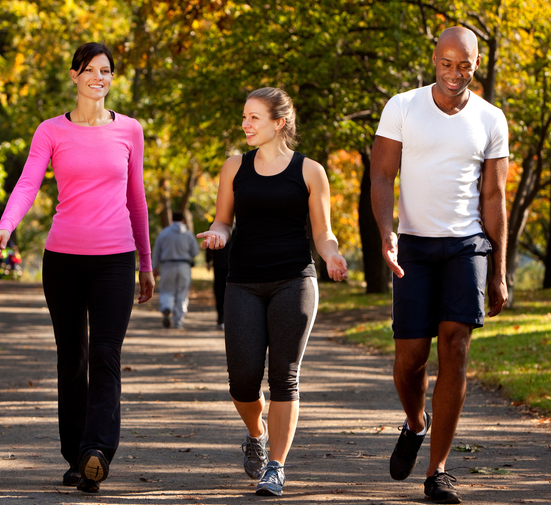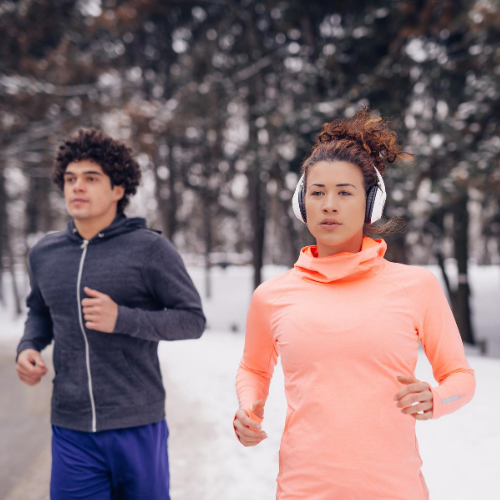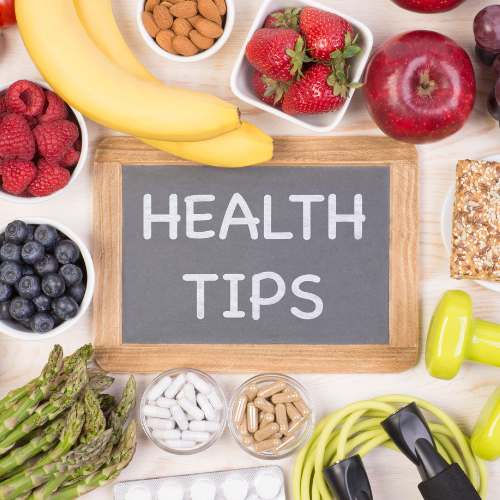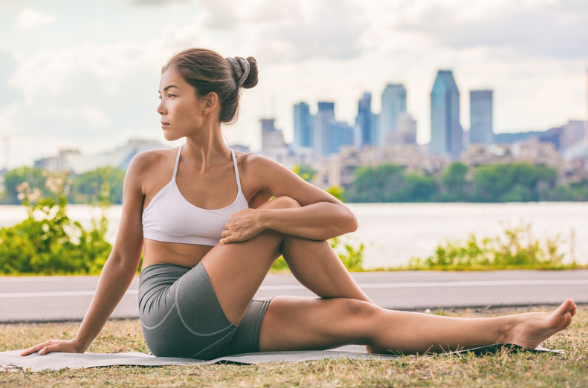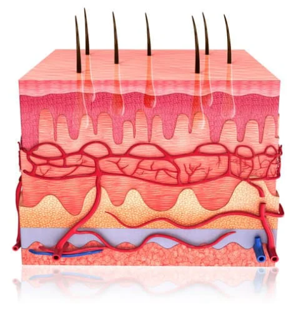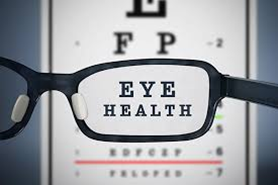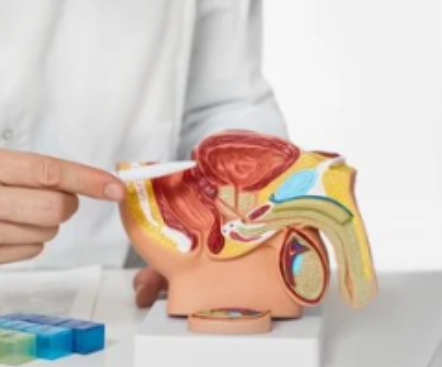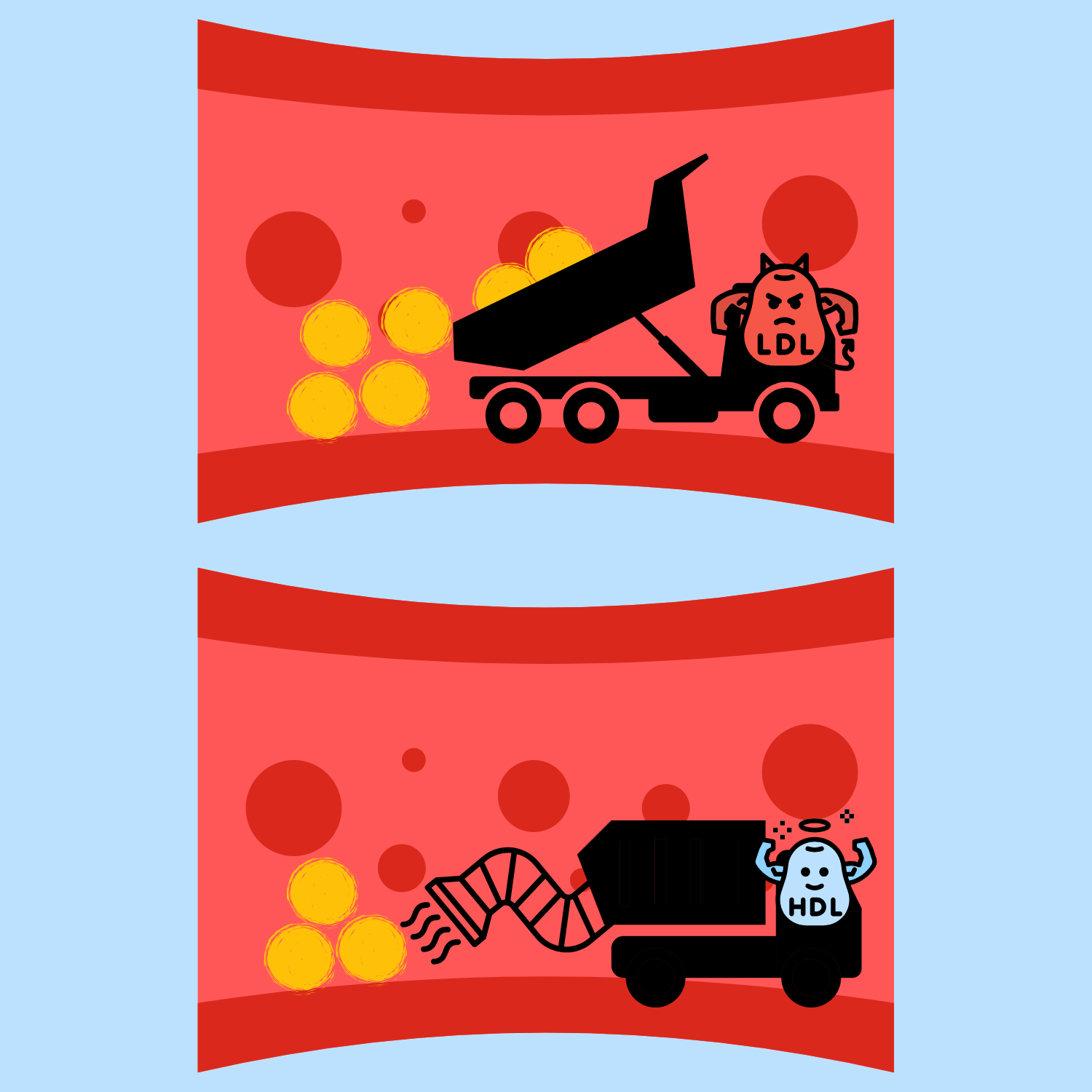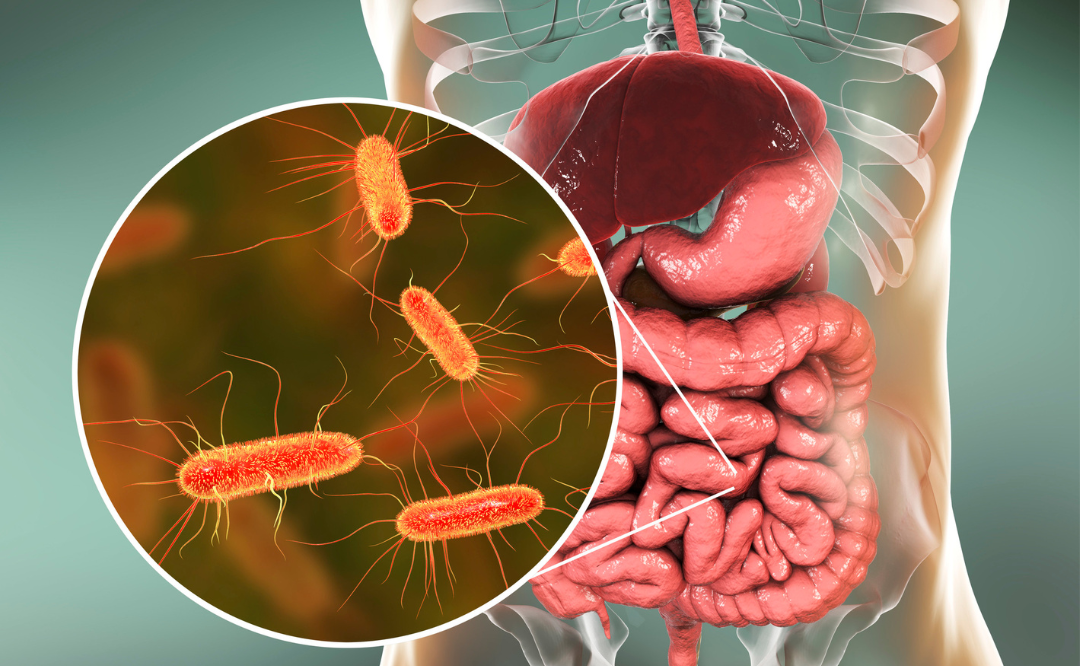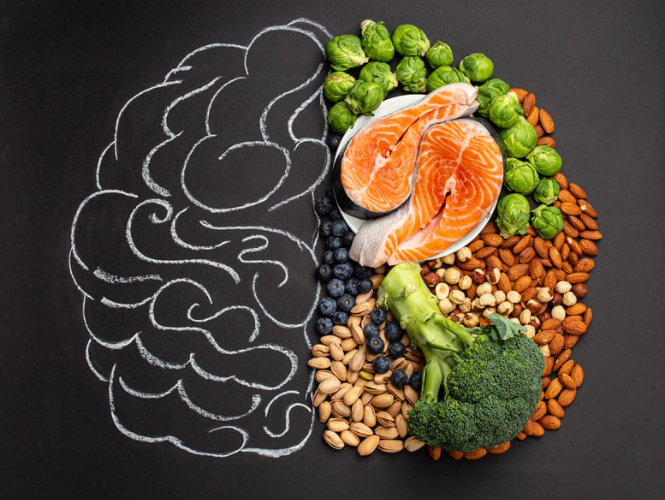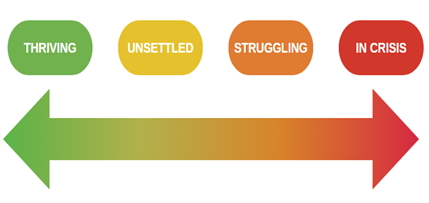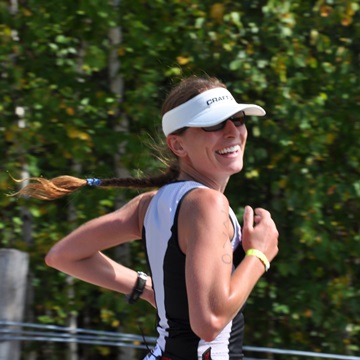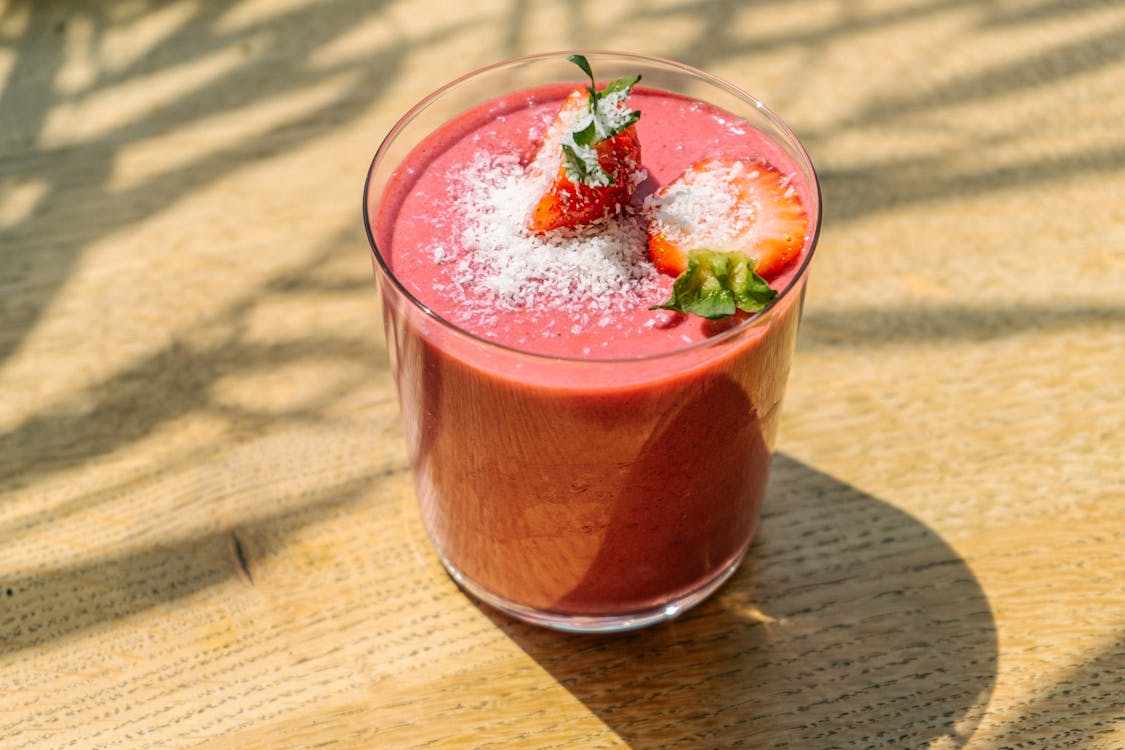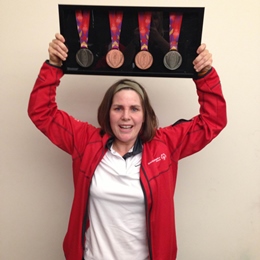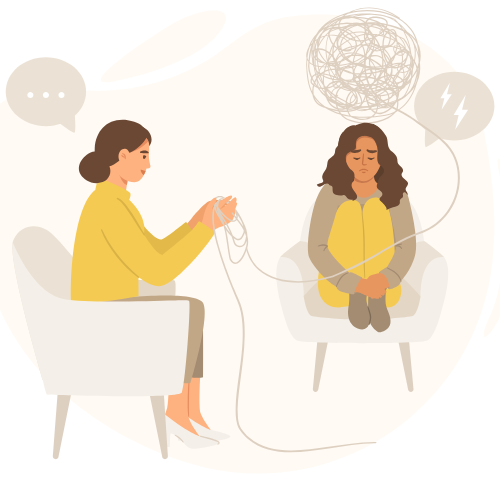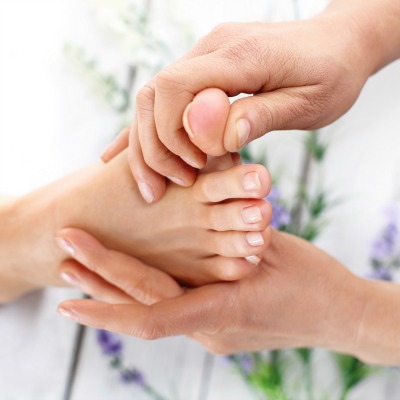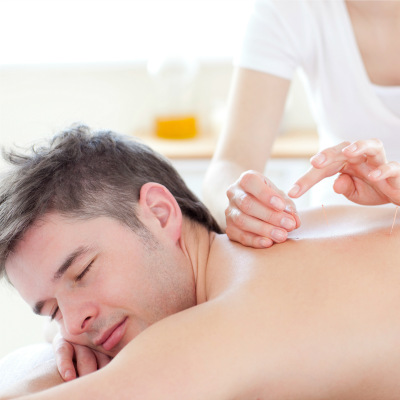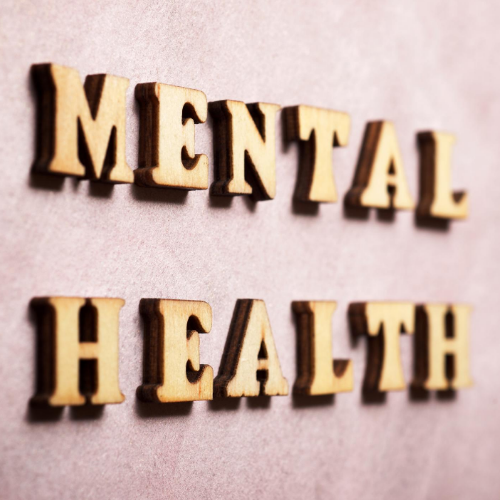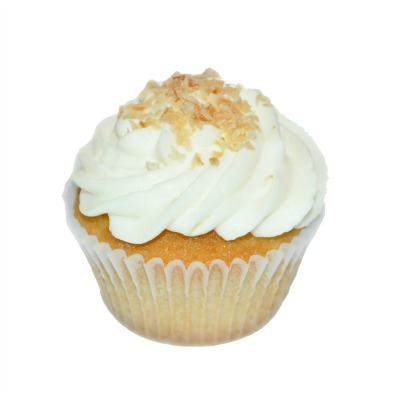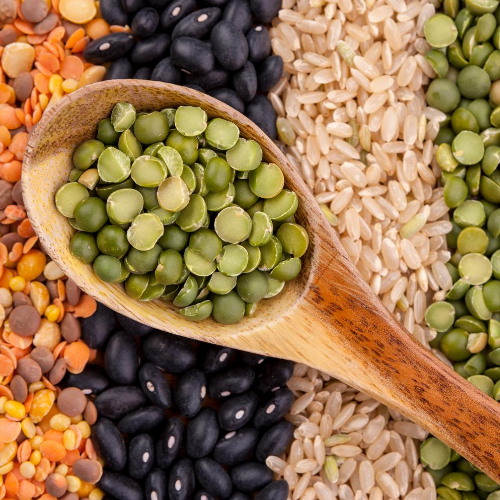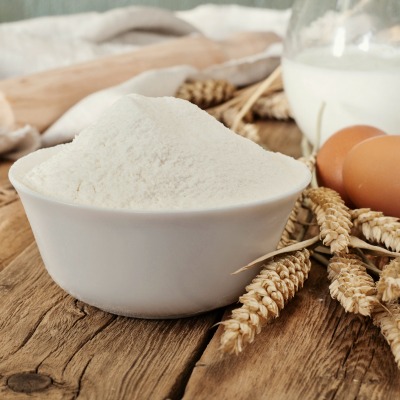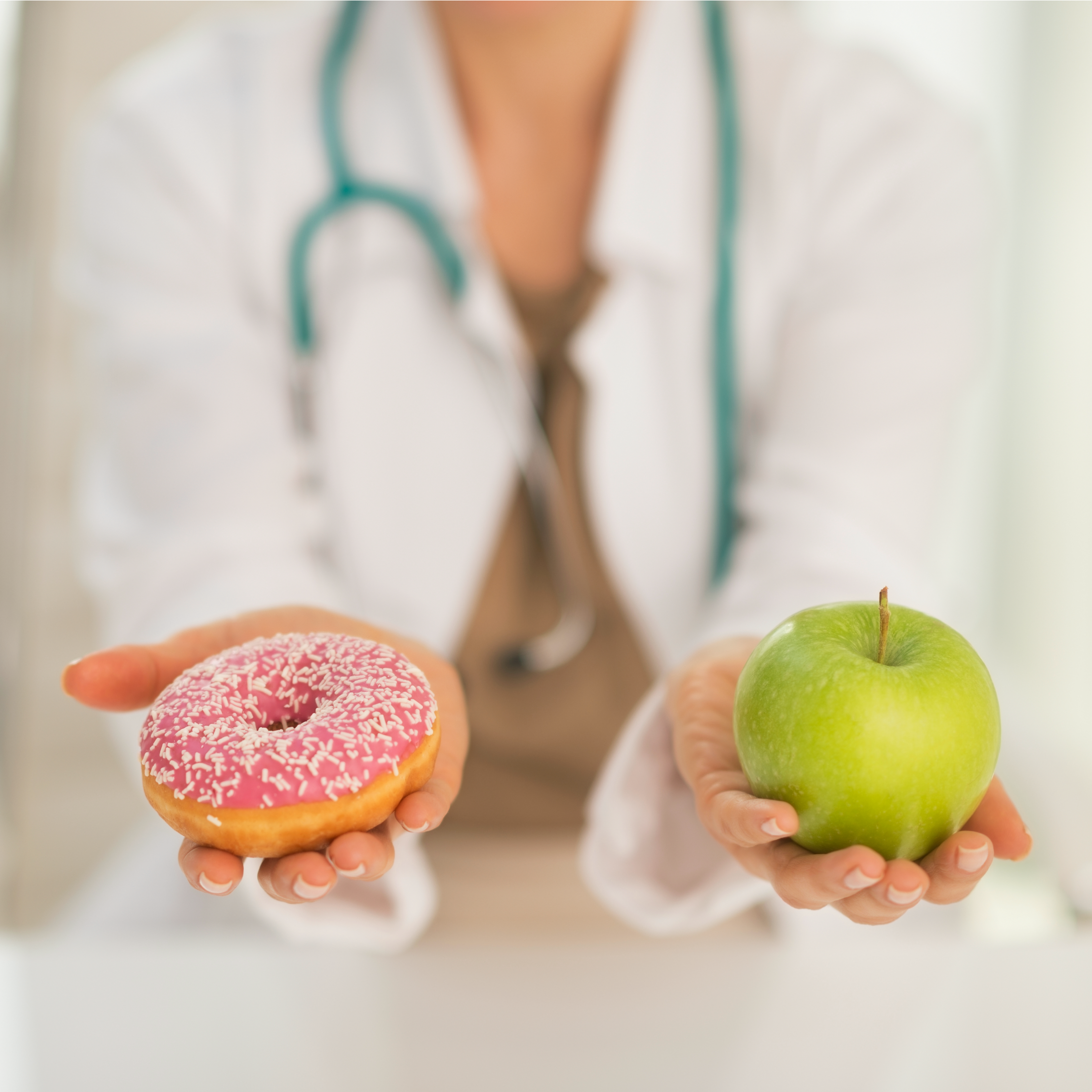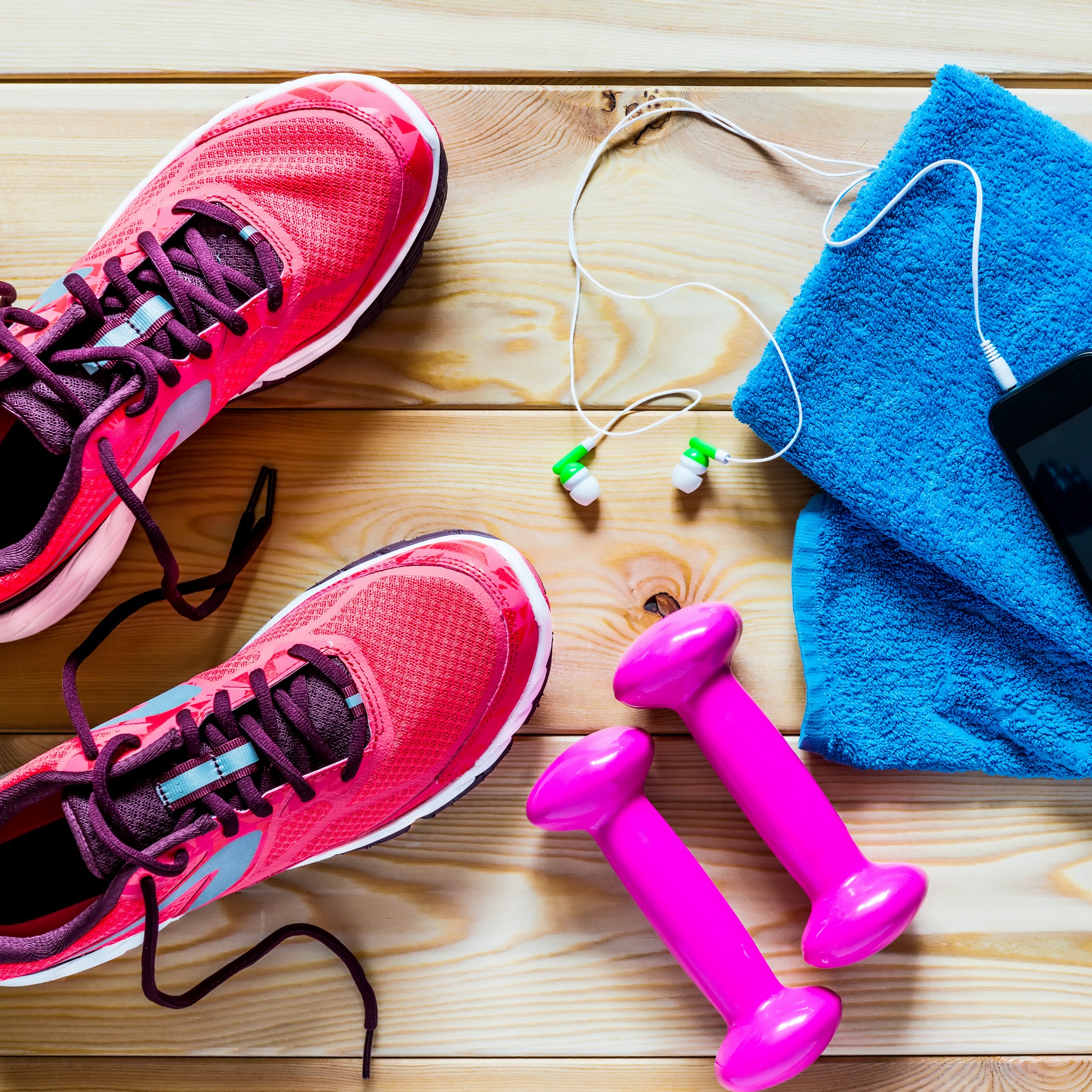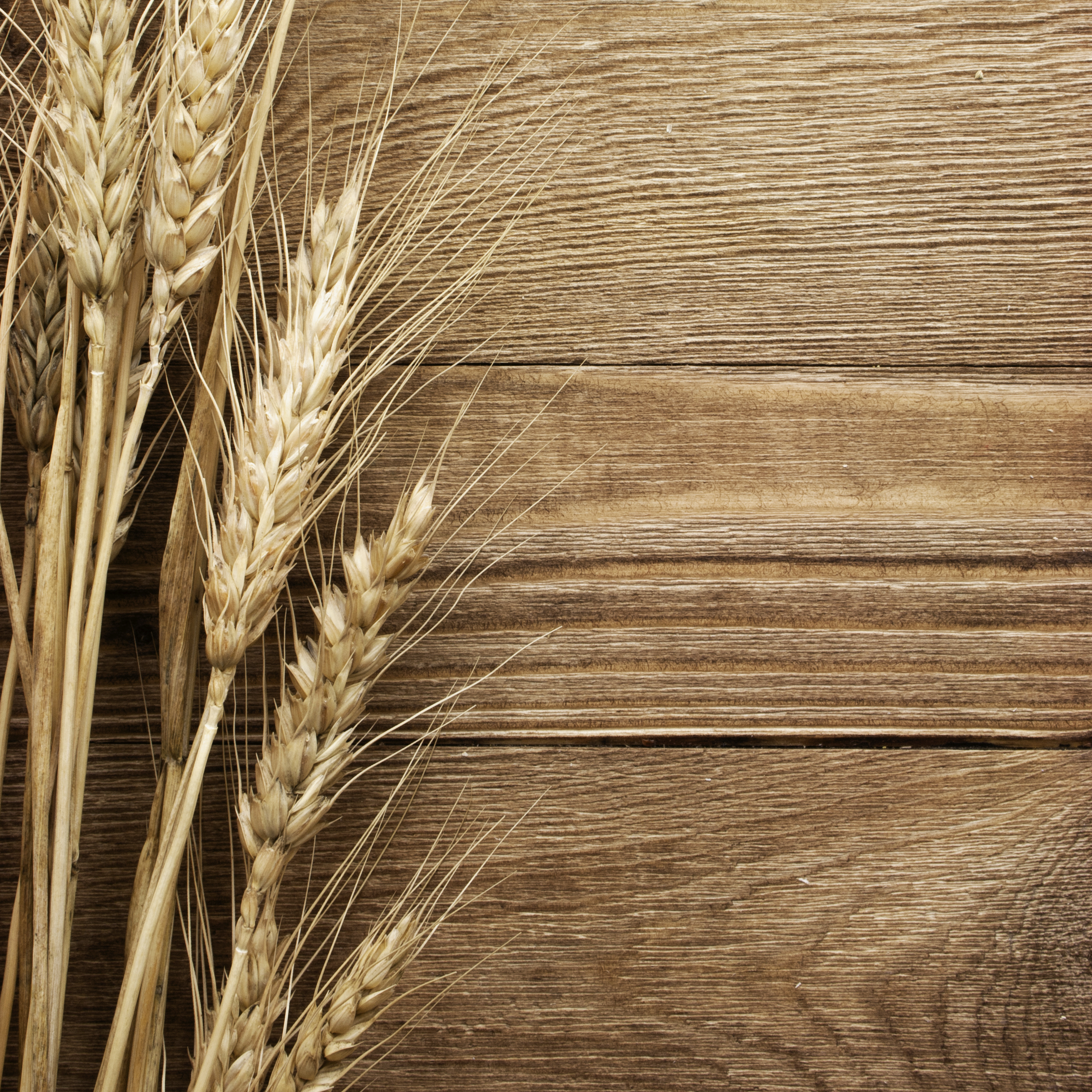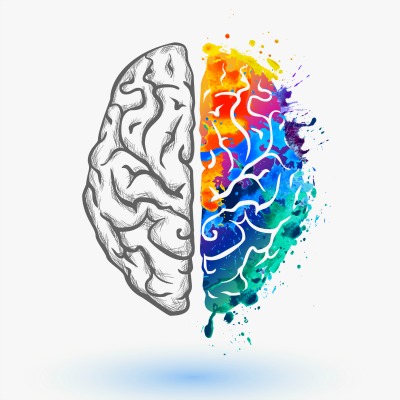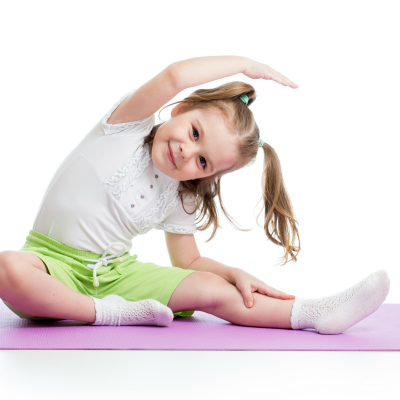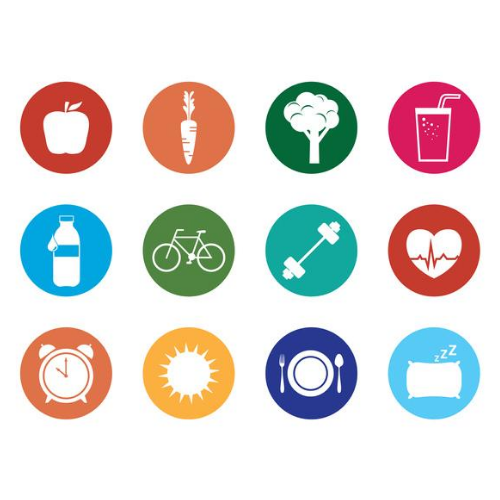
Exercise is very important for all of us, but especially for those with osteoporosis or at risk of developing osteoporosis.

Here are a few key reasons why exercise is important for individuals with osteoporosis:
To build muscle strength
Strength training improves muscle mass and strength. Increased muscle mass provides greater protection to the joints and aids with balance to help avoid falls that can damage bones and joints. These exercises include:
- Lifting weights
- Using elastic exercise bands
- Using weight machines
- Lifting your own body weight
- Functional movements, such as standing and rising up on your toes
- Yoga and Pilates can also improve strength, balance, and flexibility. However, certain positions may not be safe for people with osteoporosis or those at increased risk of broken bones. Speak to your health care provider with any questions or concerns.
TIP: Lift the weight slowly (lift to a count of four and lower to a count of four) while bracing the core by pulling the belly button to spine. This decreases the likeliness of injury.
To prevent falls
Performing challenging balance exercises can improve balance and coordination, which helps prevent falls, and this, in turn, may prevent fractures. Examples may include Tai Chi, Yoga, or simply standing on one foot.
To protect the spine
Exercises that improve posture and reduce rounded or “sloping” shoulders can help decrease the chance of breaking a bone, especially in the spine. Spine fractures are often caused by forces, or “loads,” on the vertebrae that are greater than they can withstand. Exercises that target the core can help improve posture and reduce the risk of spine fractures. Examples of core exercises include: hover/plank, opposite arm/leg raise, pushups, and squats.
To slow the rate of bone loss
Exercises aimed at increasing muscle strength (i.e., strength or resistance training) combined with weight-bearing aerobic physical activity help to prevent bone loss as we age. Stressing the bones increases bone density and can decrease the risk of developing osteoporosis.
High-impact weight-bearing exercises help build bones and keep them strong. If you have broken a bone due to osteoporosis or are at risk of breaking a bone, you may need to avoid high-impact exercises. If you’re not sure, you should check with your healthcare provider.
- Examples of high-impact weight-bearing exercises are:
- Dancing
- Doing high-impact aerobics
- Hiking
- Jogging/running
- Jumping Rope
- Stair climbing
- Low-impact weight-bearing exercises can also help keep bones strong and are a safe alternative if you cannot do high-impact exercises. Examples of low-impact weight-bearing exercises are:
- Using elliptical training machines
- Doing low-impact aerobics
- Using stair-step machines
- Fast walking on a treadmill or outside
- No-impact exercises such as swimming and bicycling, although great for the muscles and lungs, have little impact on increases bone density as they are not weight-bearing.
Use the table below as a guide to identify the types of exercise you may perform, how often you should do them (frequency) and how hard you should work (intensity). Consider your current level of ability, your fracture risk (low, moderate, or high) and your overall health. Start slow and build from there. Speak to your health care provider before starting an exercise program.
| Type of exercise | How often should I exercise? (Frequency) | How hard should I work? (Intensity) | For how long should I exercise? (Duration) | What are the benefits of this type of exercise? |
|---|---|---|---|---|
| Strength training: Free weights, machines, exercise bands or body weight as resistance |
At least 2 days of the week | If you can do more than 12 repetitions, the resistance is too easy. If you can’t do at least 8 reps, the resistance is too hard. | Two sets of 8-12 repetitions per exercise. Include all major muscle groups | Improved muscle and bone strength, and mobility |
| Balance training: Tai chi, dancing, other exercises designed to challenge balance |
Every day. You can incorporate balance training with weight bearing and/or strength training exercise to save time. | Beginners: “standing still” exercises (standing in one spot holding a posture) Advanced: dynamic exercises (challenge balance while moving around) May need guidance. |
15-20 minutes each day, or 120 minutes per week. Can be all at once, in short bouts throughout the day, or built into daily activities. | Improved mobility and balance. Fewer falls. |
| Weight bearing aerobic physical activity: walking, dancing, jogging, stair climbing, step aerobics, running |
Most days of the week. | Moderate or vigorous intensity, 5-8 on a 0-10 scale. Moderate intensity: you’ll sweat a little and breathe harder. Vigorous intensity: you’ll sweat and are breathing hard – you couldn’t say more than a few words without stopping to catch your breath. |
20-30 minutes or more per day, for at least 10 minutes at a time. Accumulate 150 minutes or more per week. | Improved heart health and bone strength. Reduced fracture risk. |
| Posture training: safe movements, awareness of position and posture (and back muscle strengthening) |
Practice proper position and good posture every day! | Be conscious of posture. Perform exercises targeting the muscles that extend your spine. Use mirrors when exercising. | Attention to posture during daily activities, as well as 5-10 minutes daily of exercises to improve posture. | Less pressure on the spine. Reduced risk of falls and fractures, especially spine fractures. |
Sources:


